With unique content and artistic values, Dong Ho folk paintings over the centuries have contributed to enriching people's spiritual life, entering literature, poetry, music, and painting, creating a unique identity of Vietnamese culture.
In traditional society, Dong Ho folk paintings have a long-lasting vitality because they vividly reflect the simple life of farmers in the countryside. Images of flocks of chickens, flocks of pigs, mouse weddings, young girls catching coconuts, paintings of the four seasons, four panels... clearly represent the customs, habits, festivals, ceremonies, culture and people of Vietnam.
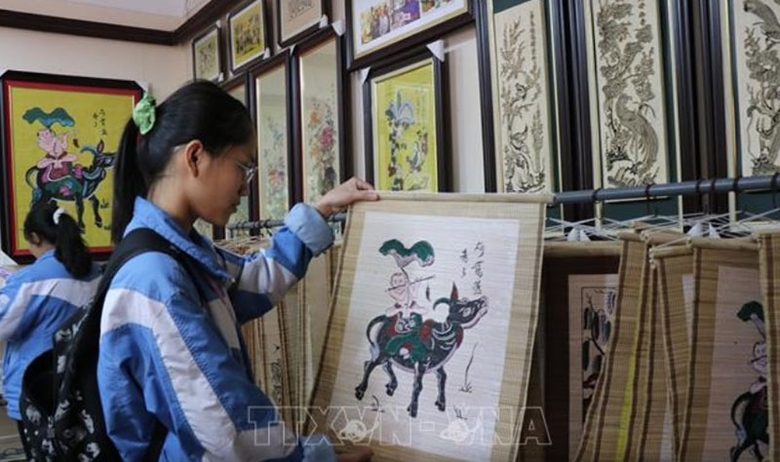
Students visit Dong Ho folk painting gallery.
In contemporary society, Dong Ho folk paintings are still hung solemnly in living rooms, offices, hotels, and offices, are favored by foreign tourists, and are of interest to art researchers.
The most typical values of Dong Ho folk paintings can be summarized as follows:
Firstly , this is a painting genre with a very long history of development. According to historical sources and research works, the folk painting profession appeared in Dong Ho village since the 16th century. The genealogy of the Nguyen Dang family shows that they have practiced this profession for 20 generations, that is, about 500 years. Until before the August Revolution, the village had 17 clans, all of whom made paintings, with many talented artisans whose reputations were known throughout the region.
Second , Dong Ho folk paintings fulfill many different social functions, from beliefs, spirituality, history to education, reflecting customs, habits, daily life... For example, worship paintings meet spiritual needs (Five Tigers, White Tigers, Ten Kings, Quan Am, Buddha...); historical paintings educate traditions, praising national heroes (Phu Dong Thien Vuong, Ba Trung, Ba Trieu, Ngo Quyen, Dinh Bo Linh, Hung Dao Vuong Tran Quoc Tuan, Quang Trung...); congratulatory paintings meet the need for good luck and fortune (Dai Cat, Vinh Hoa, Phu Quy, Ga Dan, Lon Dan...); daily life paintings reflect customs, habits, festivals, and daily life of the people (Wrestling, Spring Swing, Coconut Catching, Jealousy, Mouse Wedding, Toad Teacher...); Landscape paintings praising nature, country, people, elegant hobbies (Mai - Lan - Cuc - Truc, Xuan - Ha - Thu - Dong, To Nu paintings...); comic books promoting human morality, justice triumphing over evil (Thach Sanh, Phuong Hoa, Truyen Kieu, Pham Tai Ngoc Hoa...).
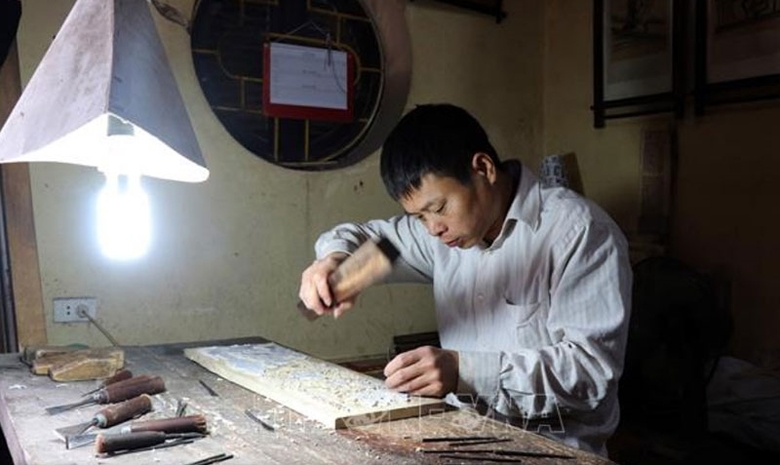
Dong Ho folk painting makers carve woodblocks to print the paintings.
Third, Dong Ho paintings contain profound ideological content and profound human meanings. First of all, they are dreams and aspirations from the most ordinary and simple things to the most sacred and noble things, such as praying for favorable weather, a prosperous and happy life, and Confucian concepts of morality and the meaning of life. Dong Ho paintings pay great attention to educating cultural traditions, martial spirit, and indomitable will of our ancestors in the history of building and defending the country. Dong Ho paintings also always promote the tradition of studiousness, respect for teachers, and honoring the outstanding people of Vietnamese culture. In particular, Dong Ho folk paintings have profound educational value, always attacking bad habits and vices, promoting humanistic values, and condemning the ruling class or foreign invaders.
Fourth , Dong Ho folk paintings have unique artistic value with expressive techniques imbued with folk character. The paintings exude the aesthetic characteristics and pure artistic concepts of folk artists. It is the art of depicting space in a conventional, symbolic way, without having to follow the rules of perspective - close-up, dark - light as in modern art. The lines in Dong Ho paintings tend to be simple, bold, but condensed, strong, tending to be stylized and decorative rather than realistic. These are the things that create the unique features of this genre of paintings.
Fifth , Dong Ho paintings are made from materials close to nature. The printing paper is made from do paper with dipped mulberry, also known as dipped paper. Dipped mulberry powder gives the paper a bright, clear, sparkling white color, enhances the color when printed, has the advantage of being light, thin, tough, easy to absorb color, resistant to bacteria, termites and very durable. The colors in the paintings are all made from natural materials such as bamboo leaf charcoal, indigo leaves, sophora flowers, gardenia seeds, vang wood, red pebbles..., giving Dong Ho paintings a unique, different style, imbued with folk character.
Sixth , Dong Ho paintings have a unique manufacturing technique, which is a type of woodcut (or woodblock print). The paintings are printed on woodblocks by hand, in the style of facing up the boards, not facing up like some other folk paintings of other countries.
Dong Ho folk paintings are both simple, close, profound and philosophical, passed down from generation to generation, and have become a valuable cultural heritage of the nation. In contemporary life, Dong Ho folk paintings still contribute to the general development of Vietnamese fine arts, providing themes, motifs, forms of expression and creating inspiration for young writers, painters and artists.
However, with the strong changes in economic, cultural and social conditions, Dong Ho folk painting is currently facing a very high risk of extinction. Therefore, protecting, preserving and promoting Dong Ho folk painting as a precious heritage of national culture is extremely urgent.
People's Army Newspaper
Source link








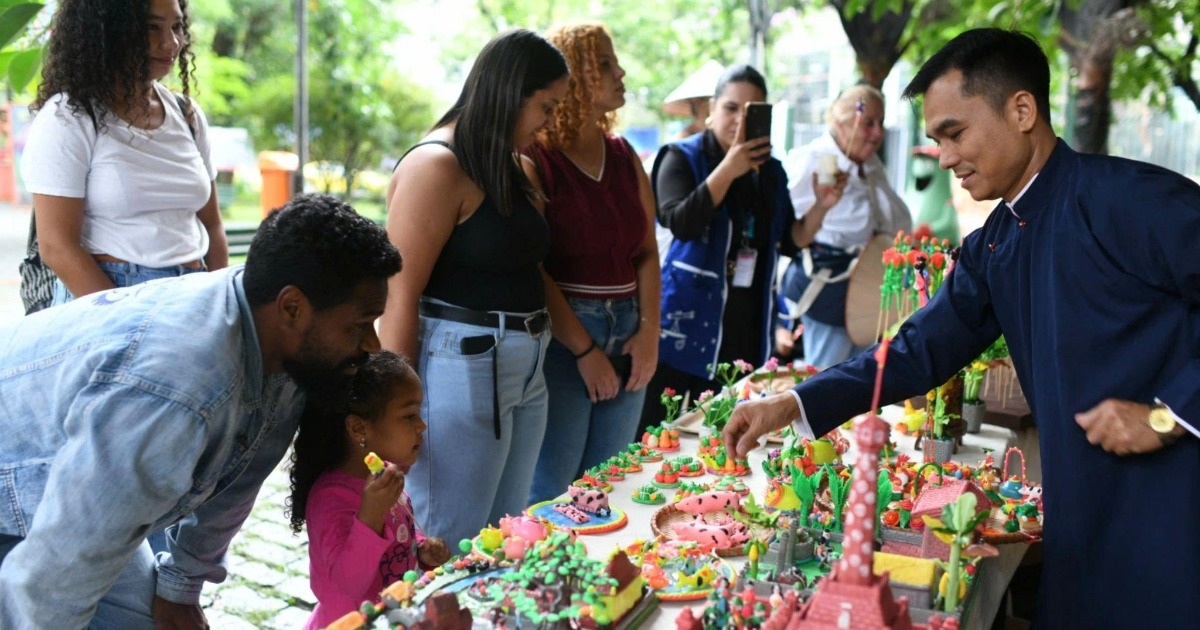

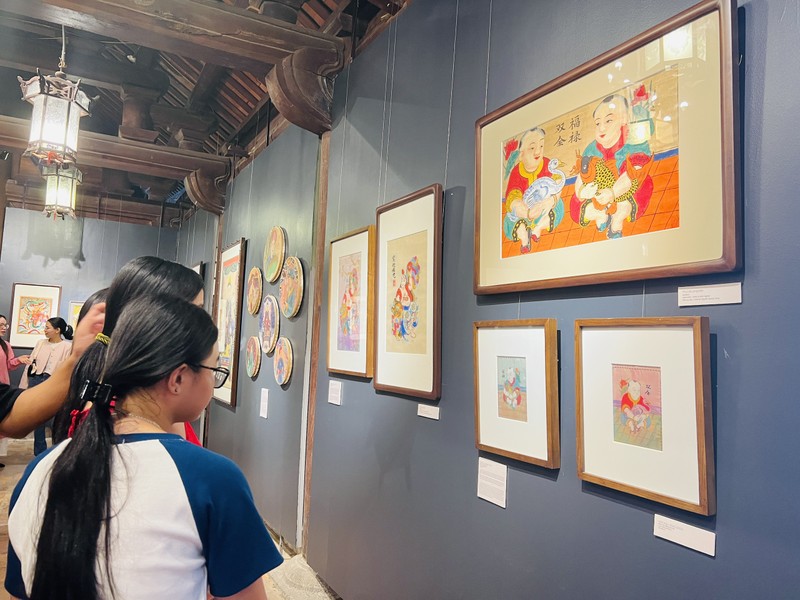
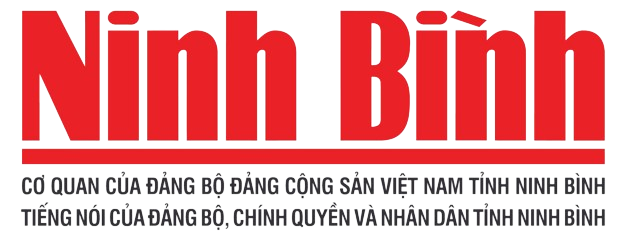
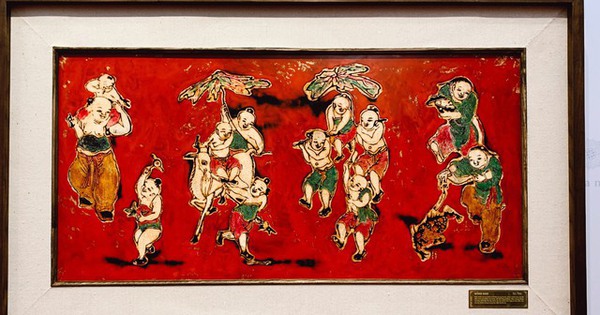



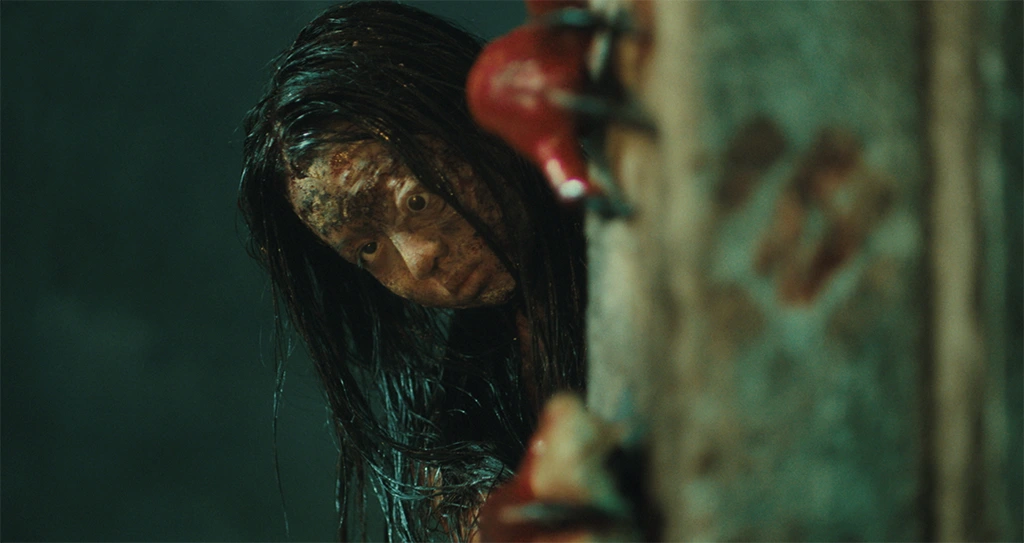

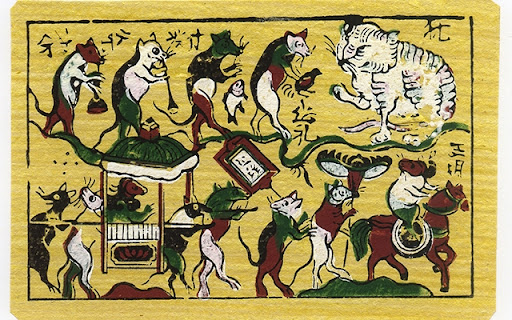

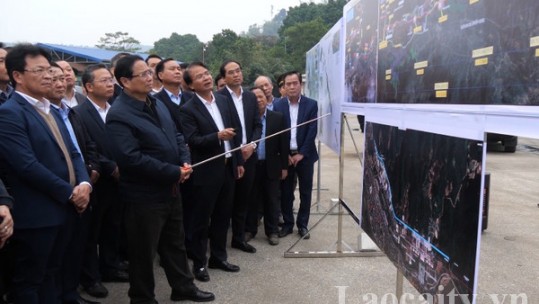
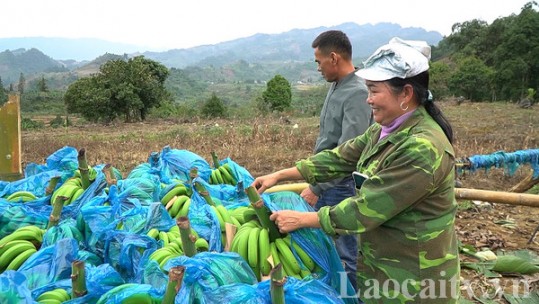

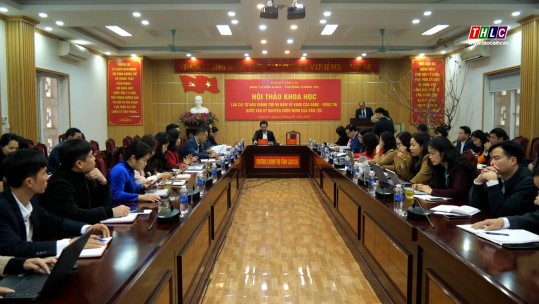
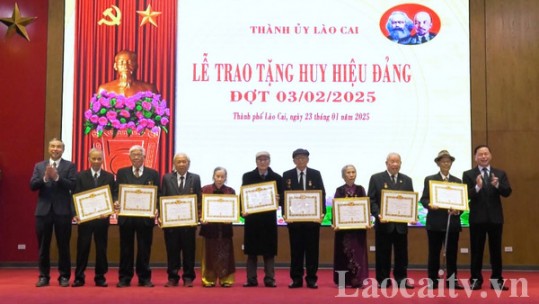



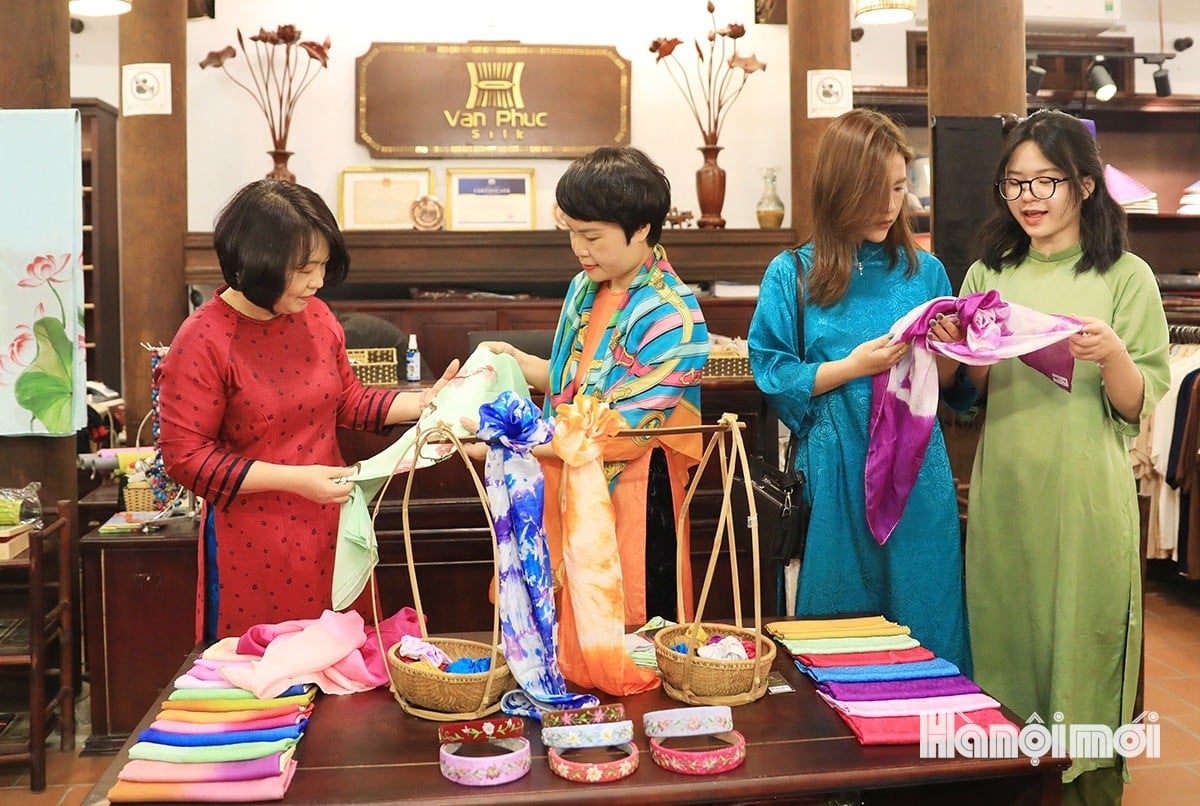
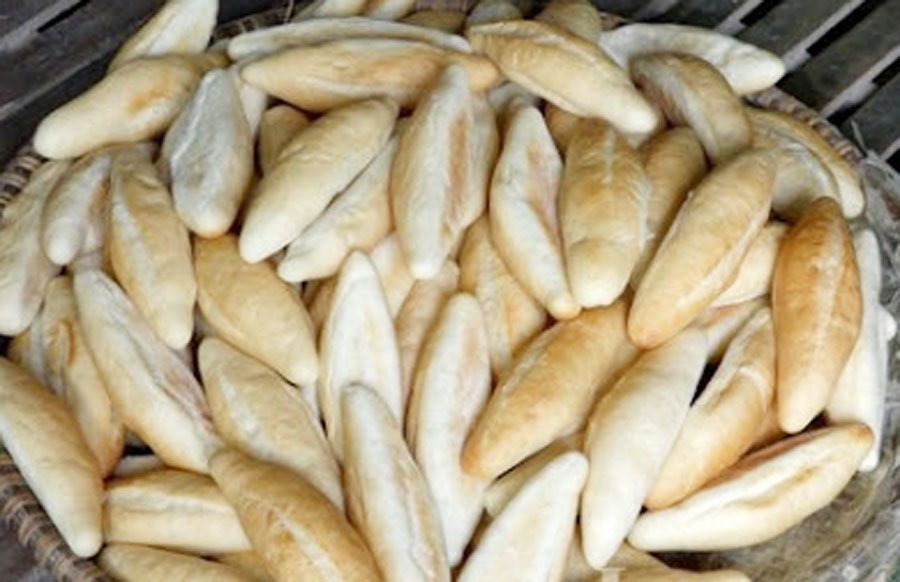
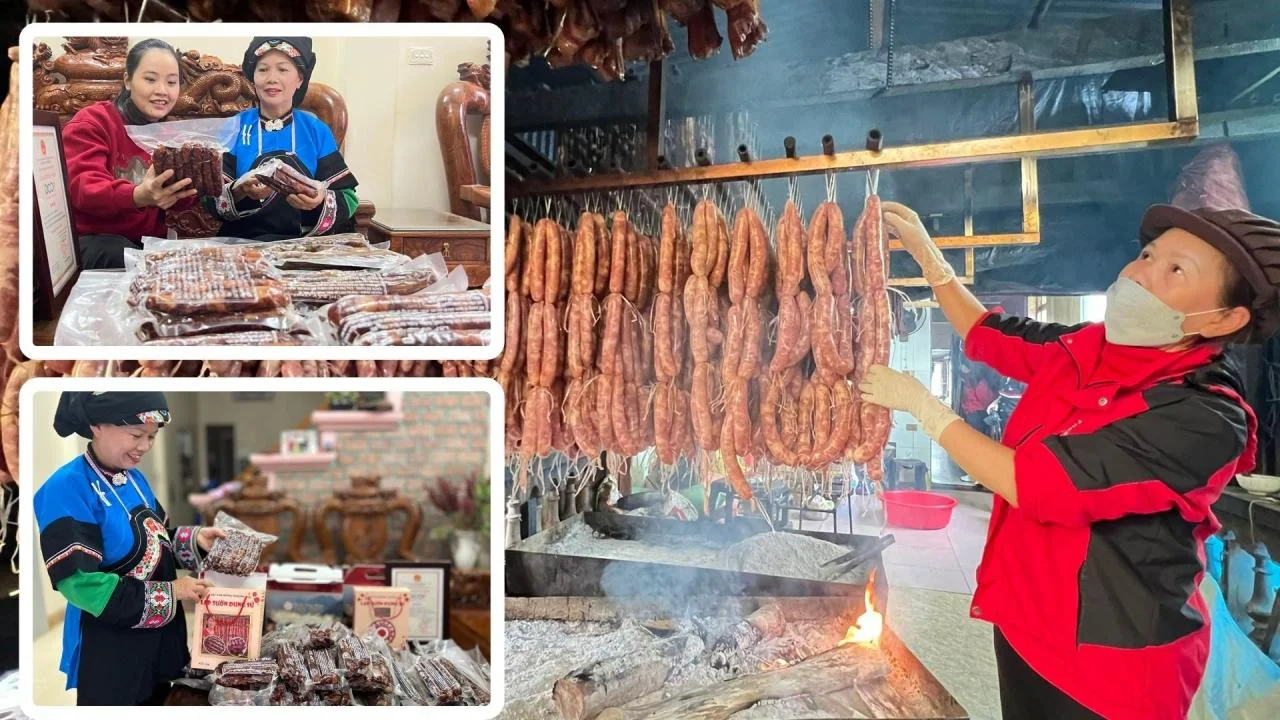
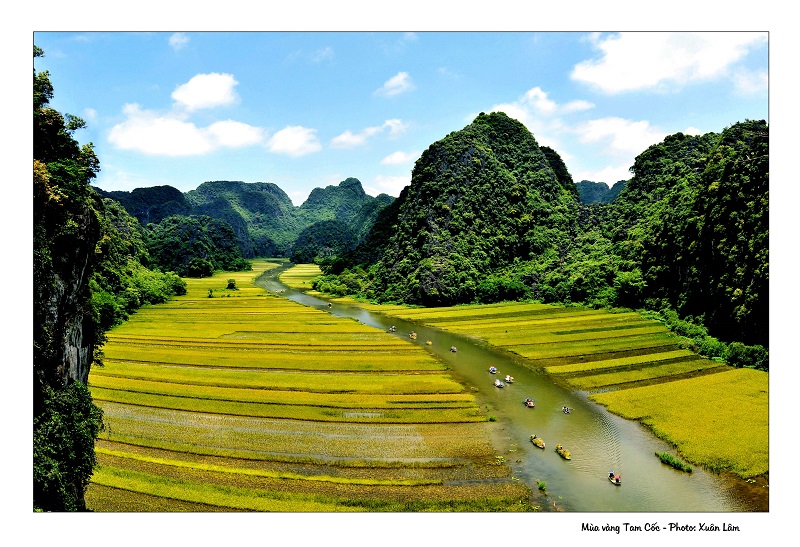
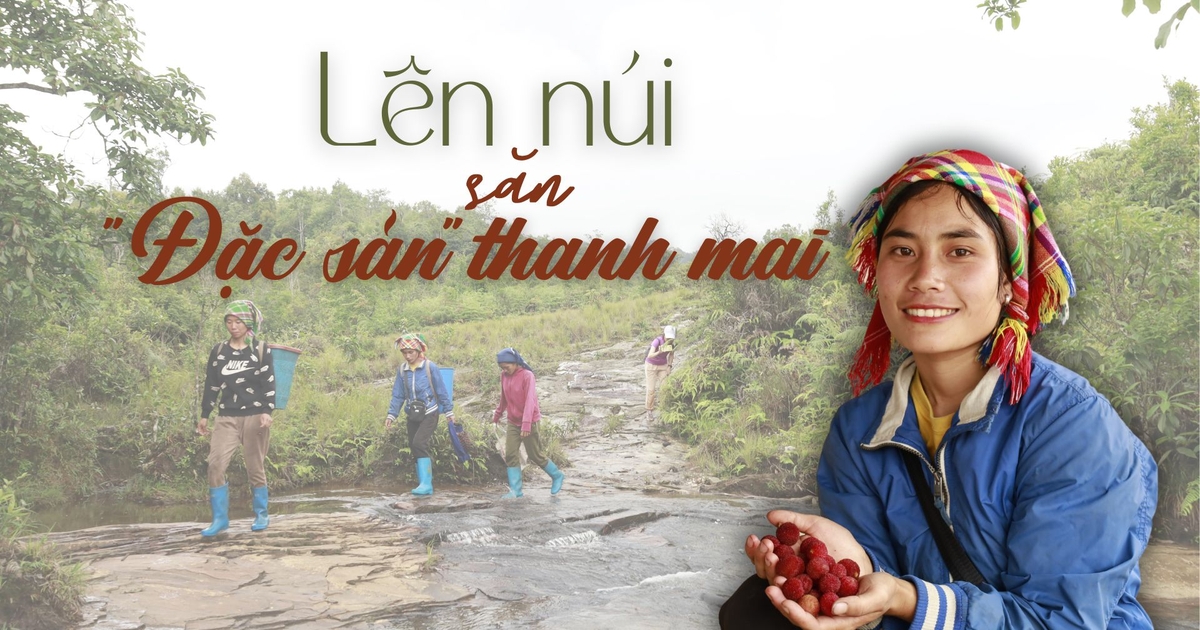
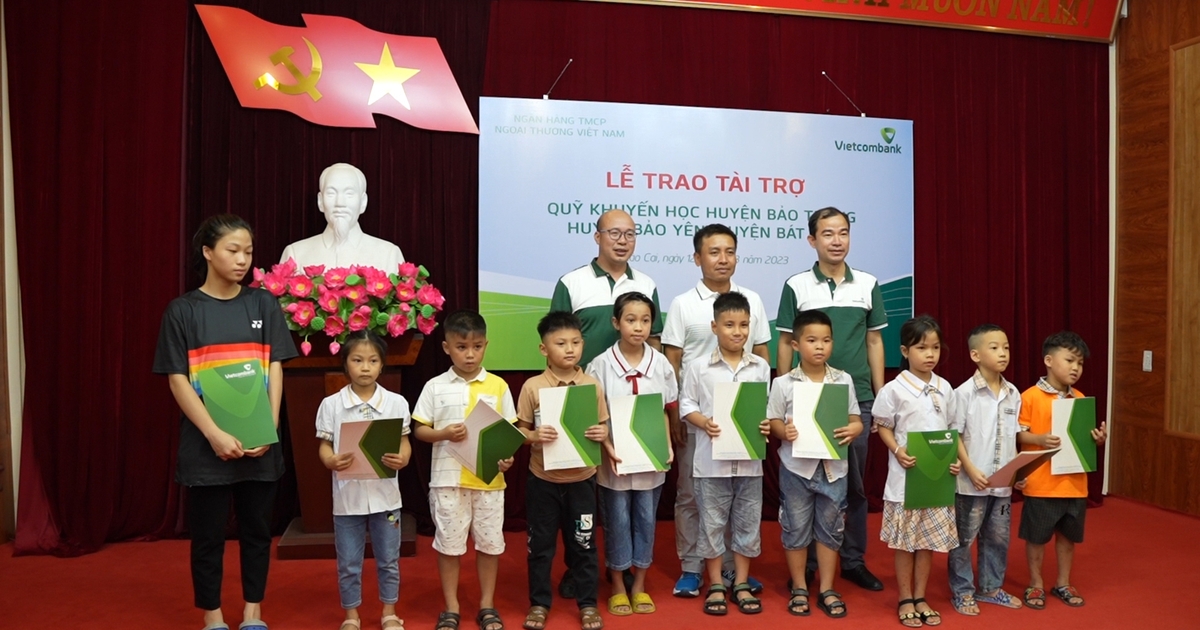







![[Photo] Prime Minister Pham Minh Chinh chairs Government Conference with localities on economic growth](https://vstatic.vietnam.vn/vietnam/resource/IMAGE/2025/2/21/f34583484f2643a2a2b72168a0d64baa)


















































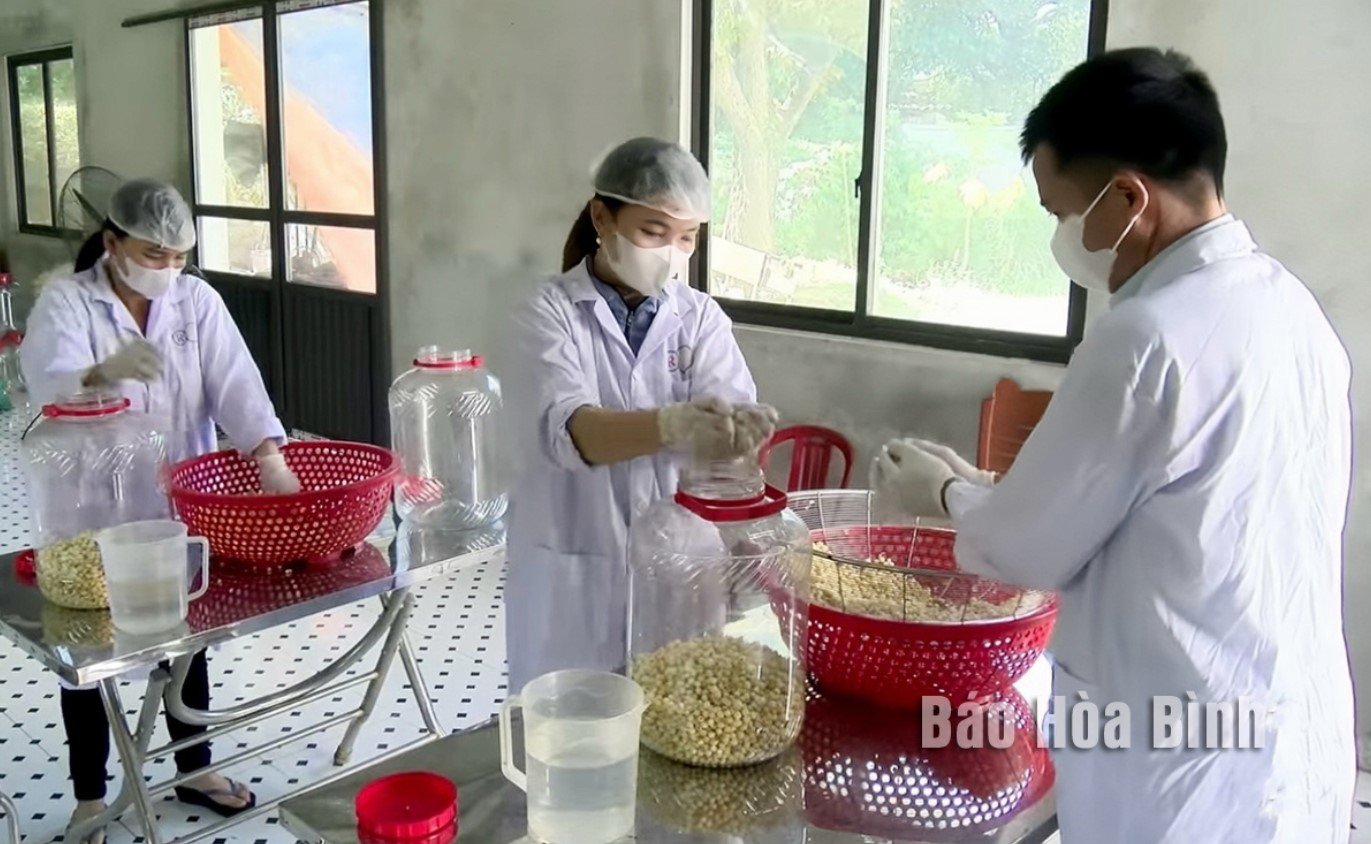







Comment (0)